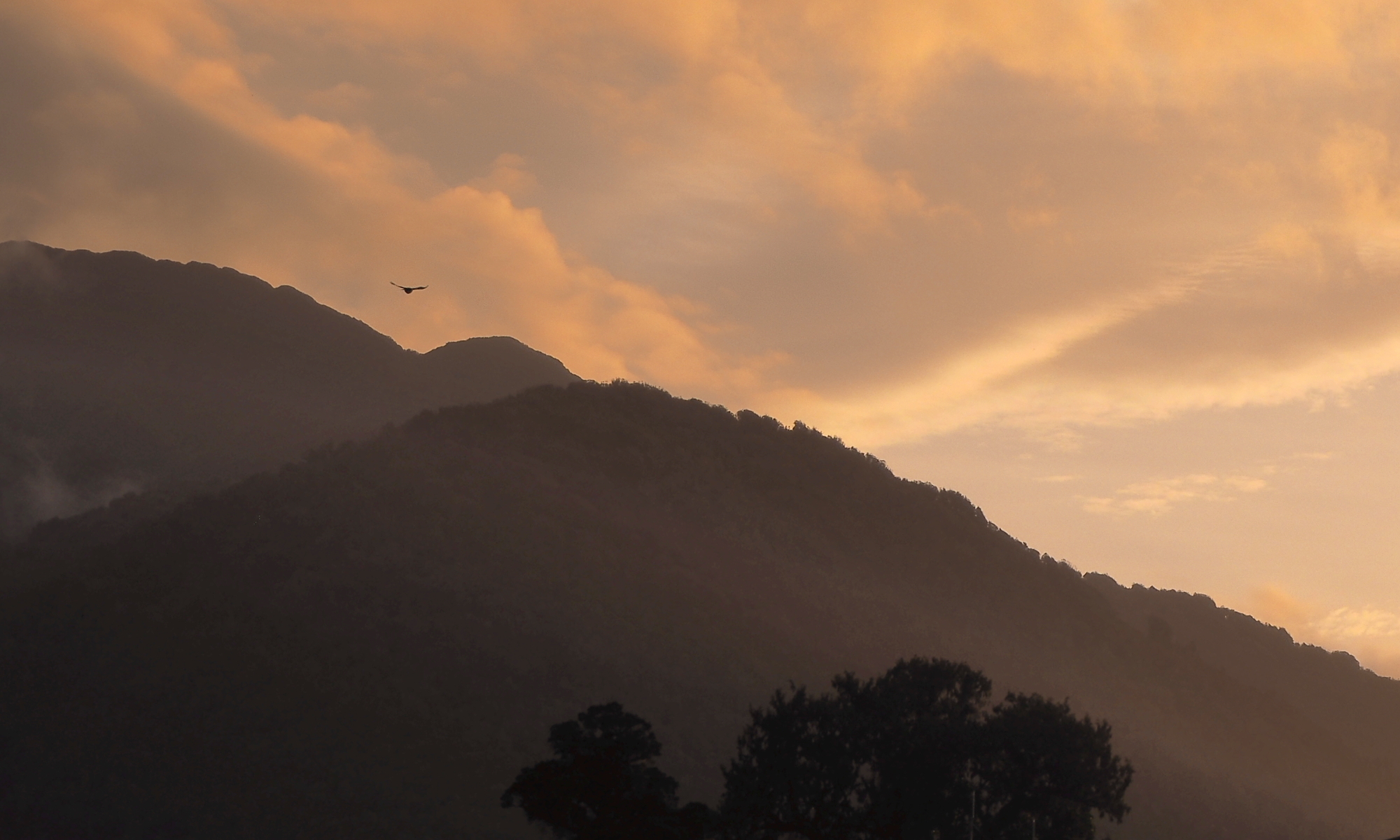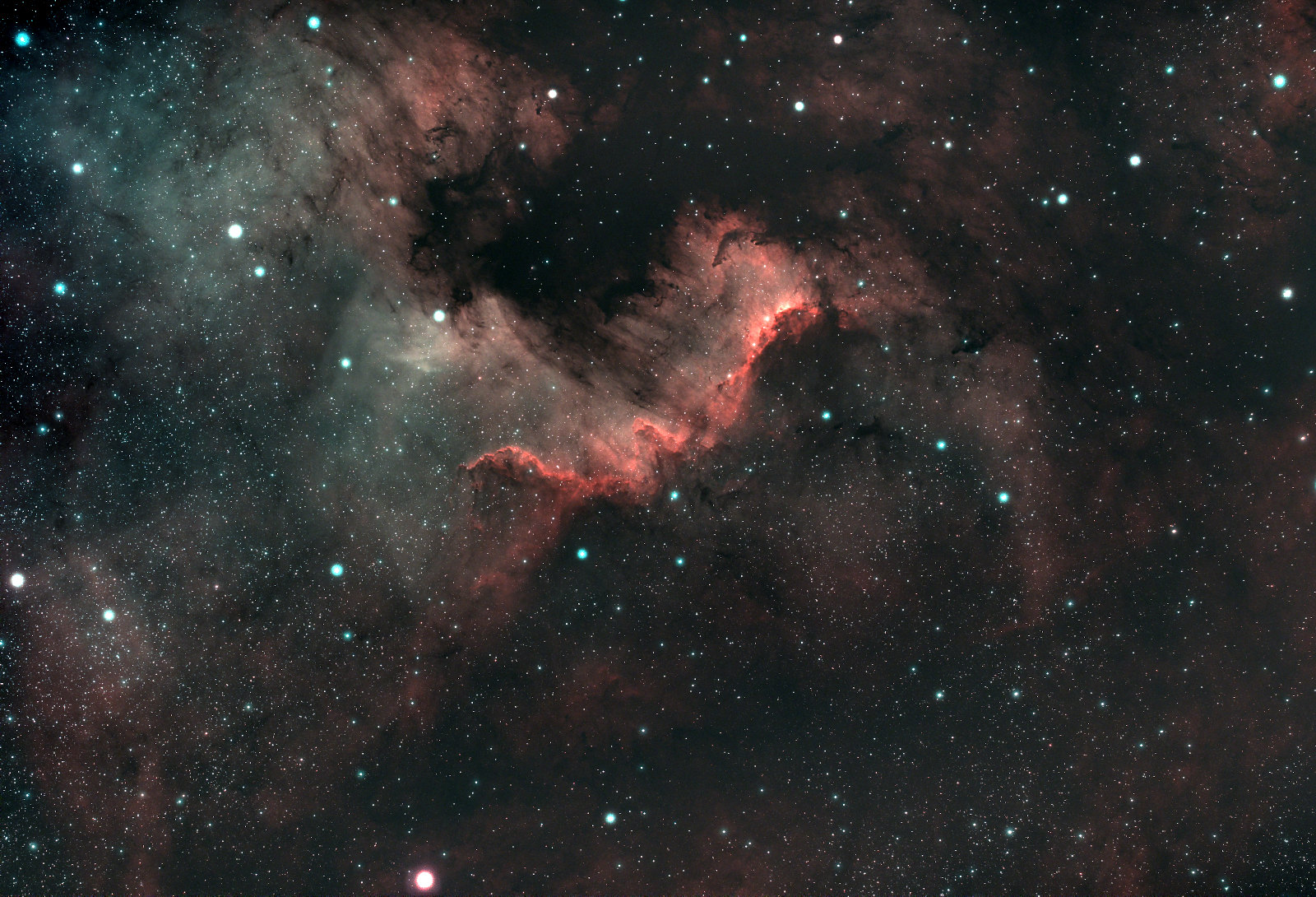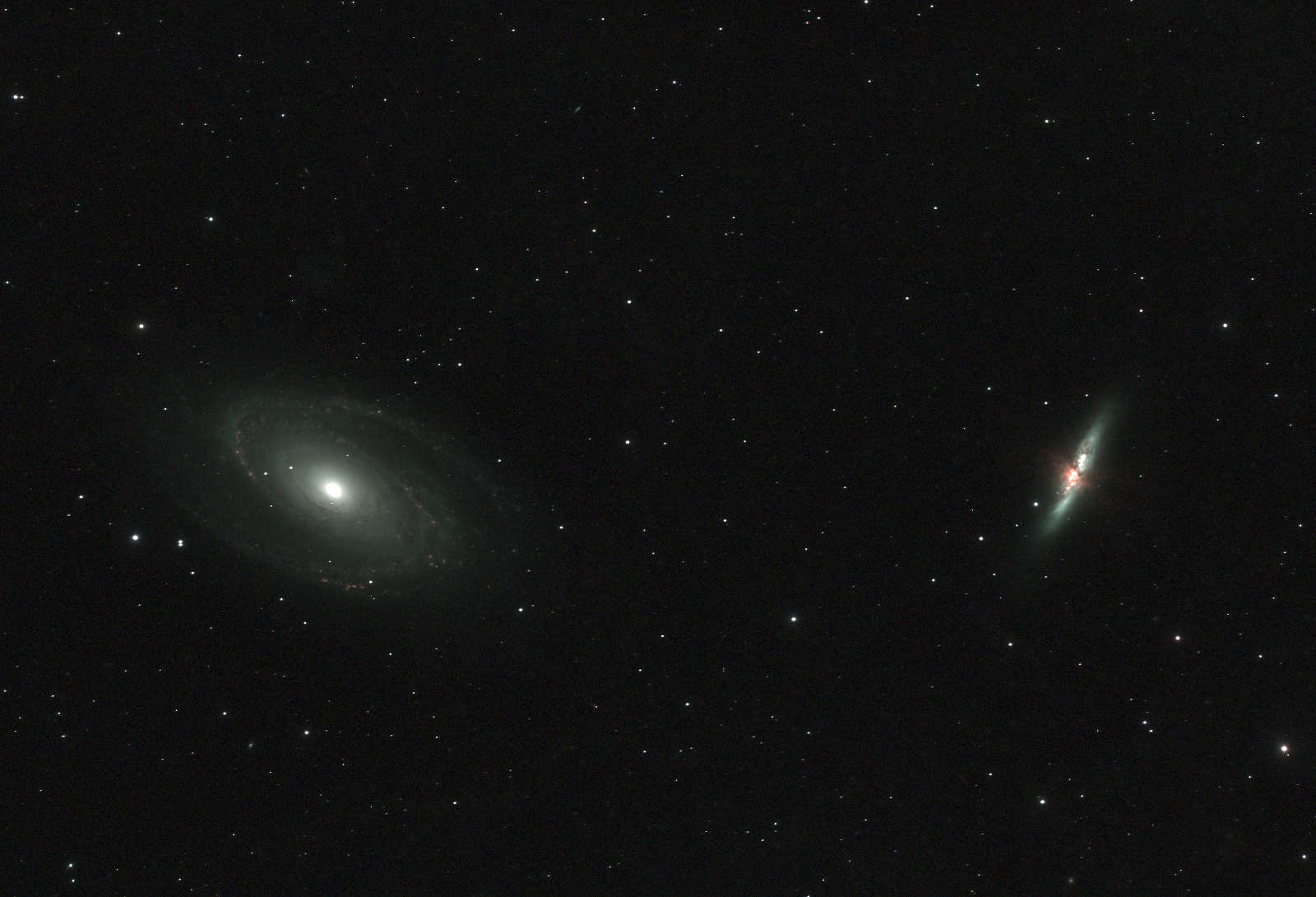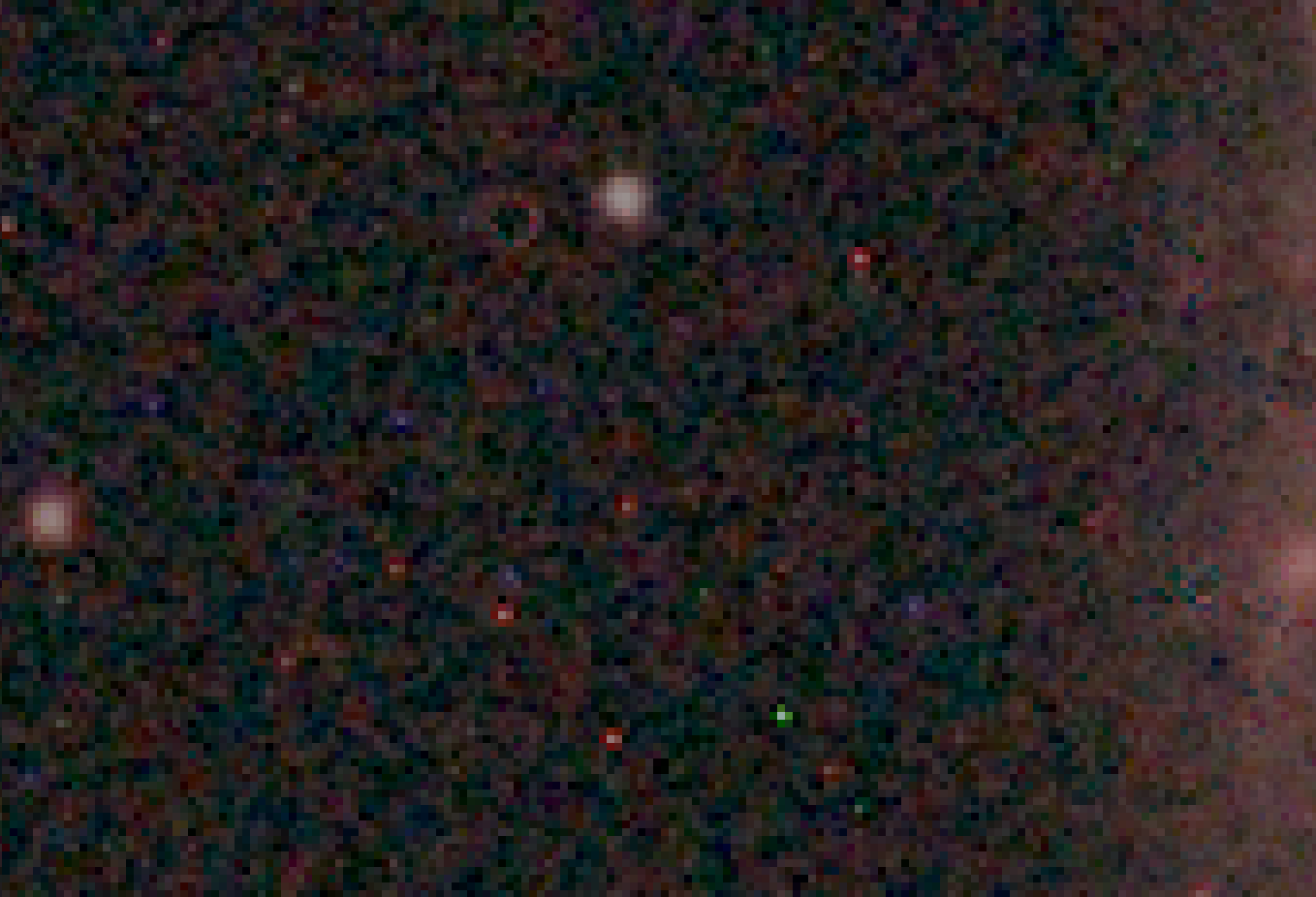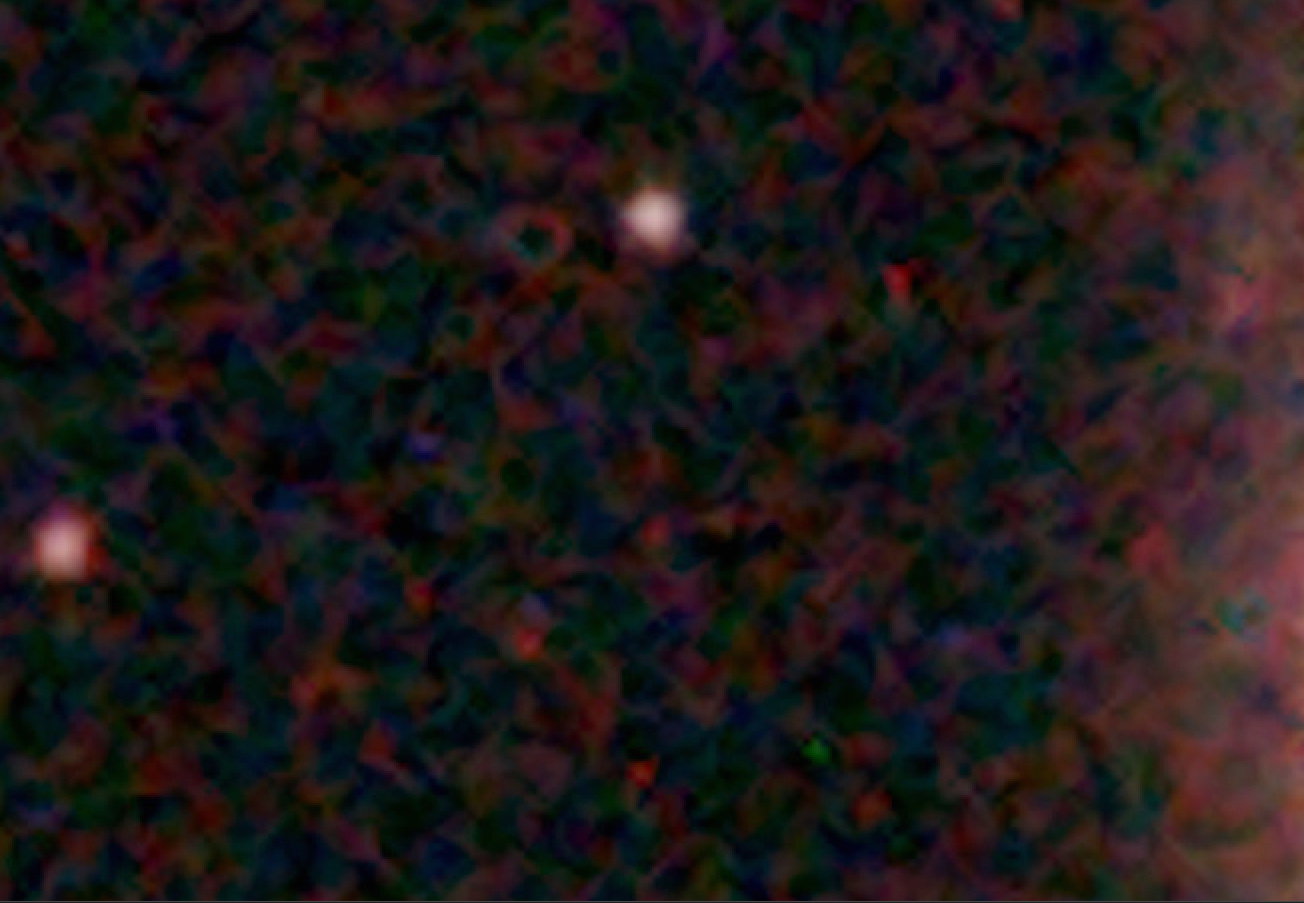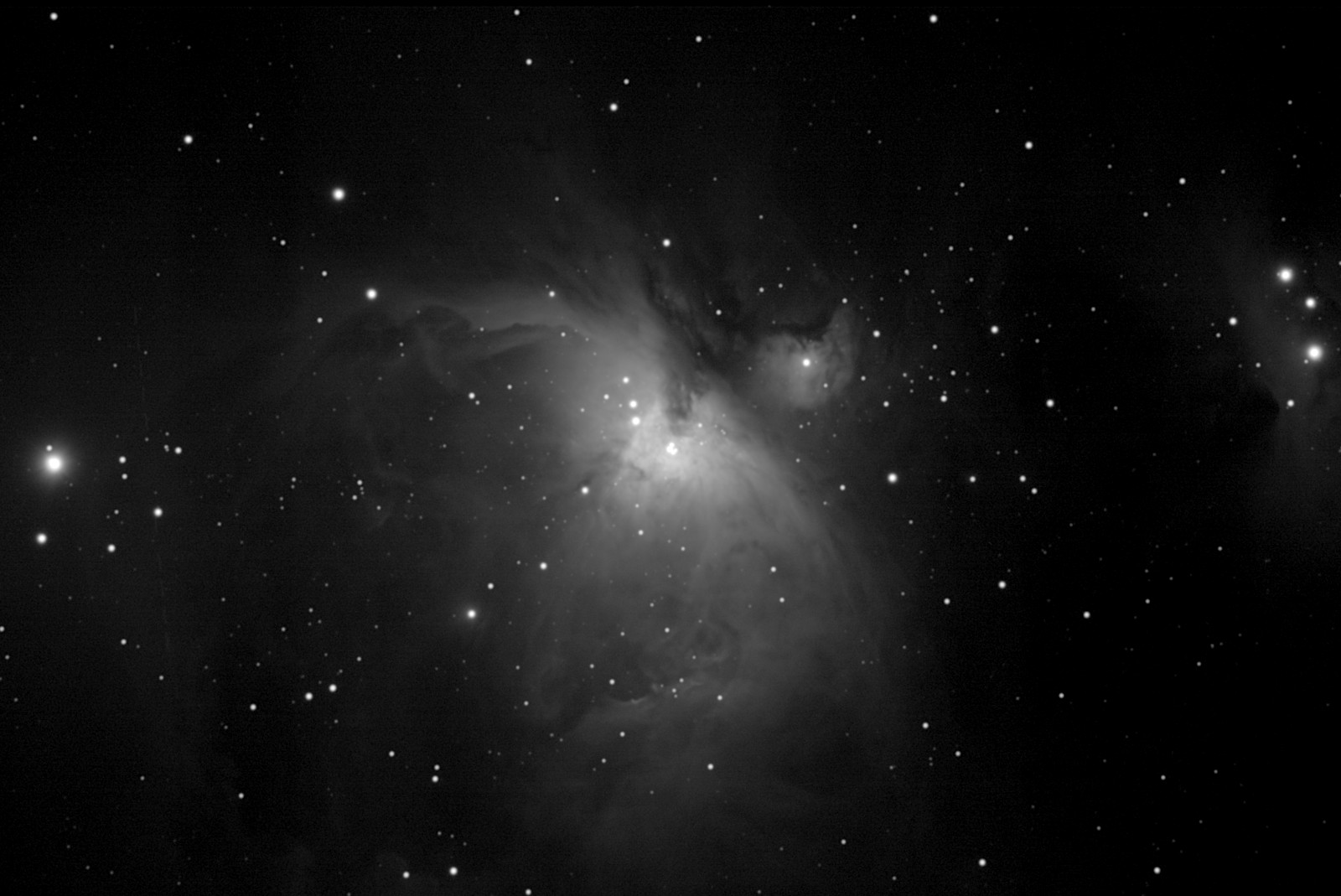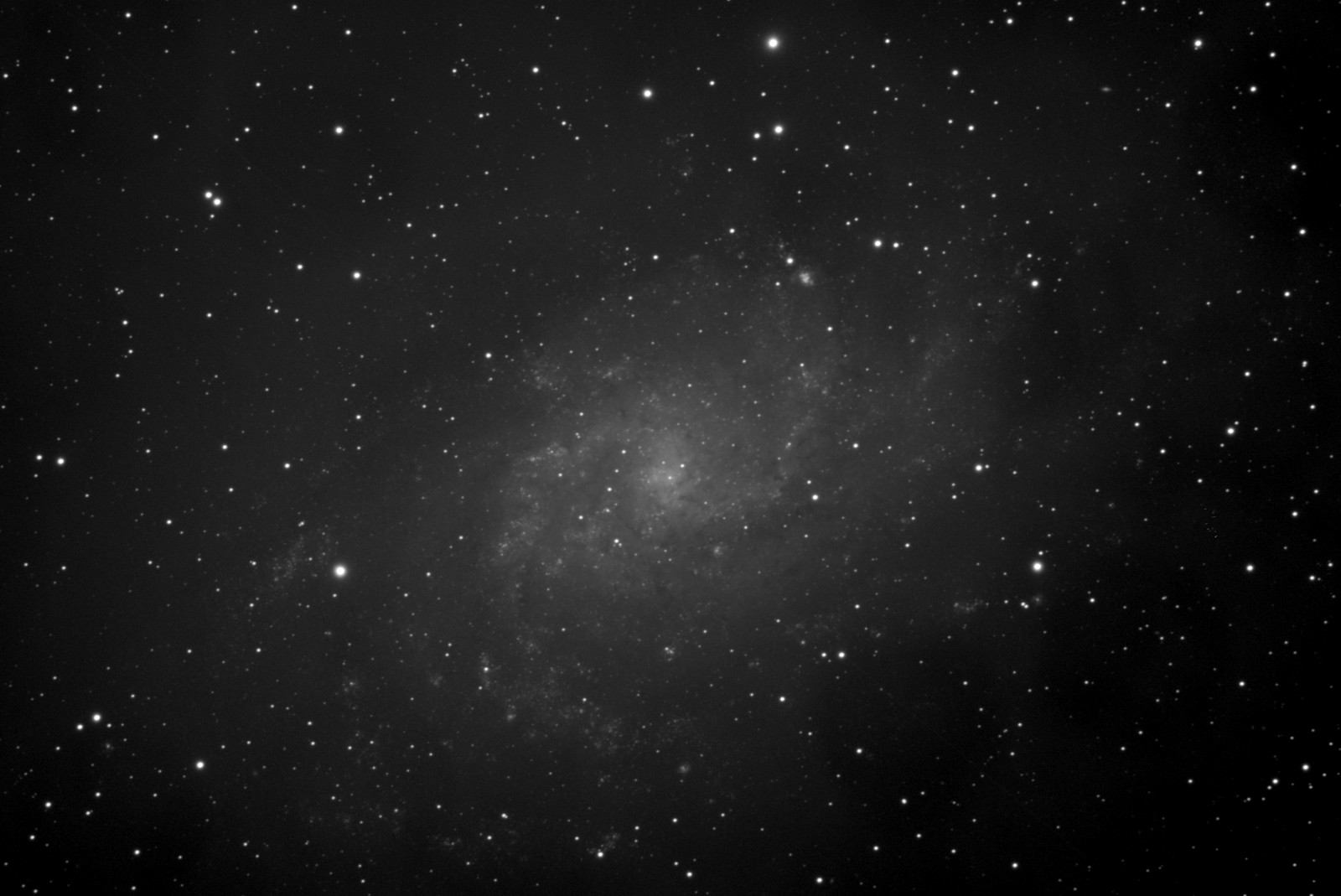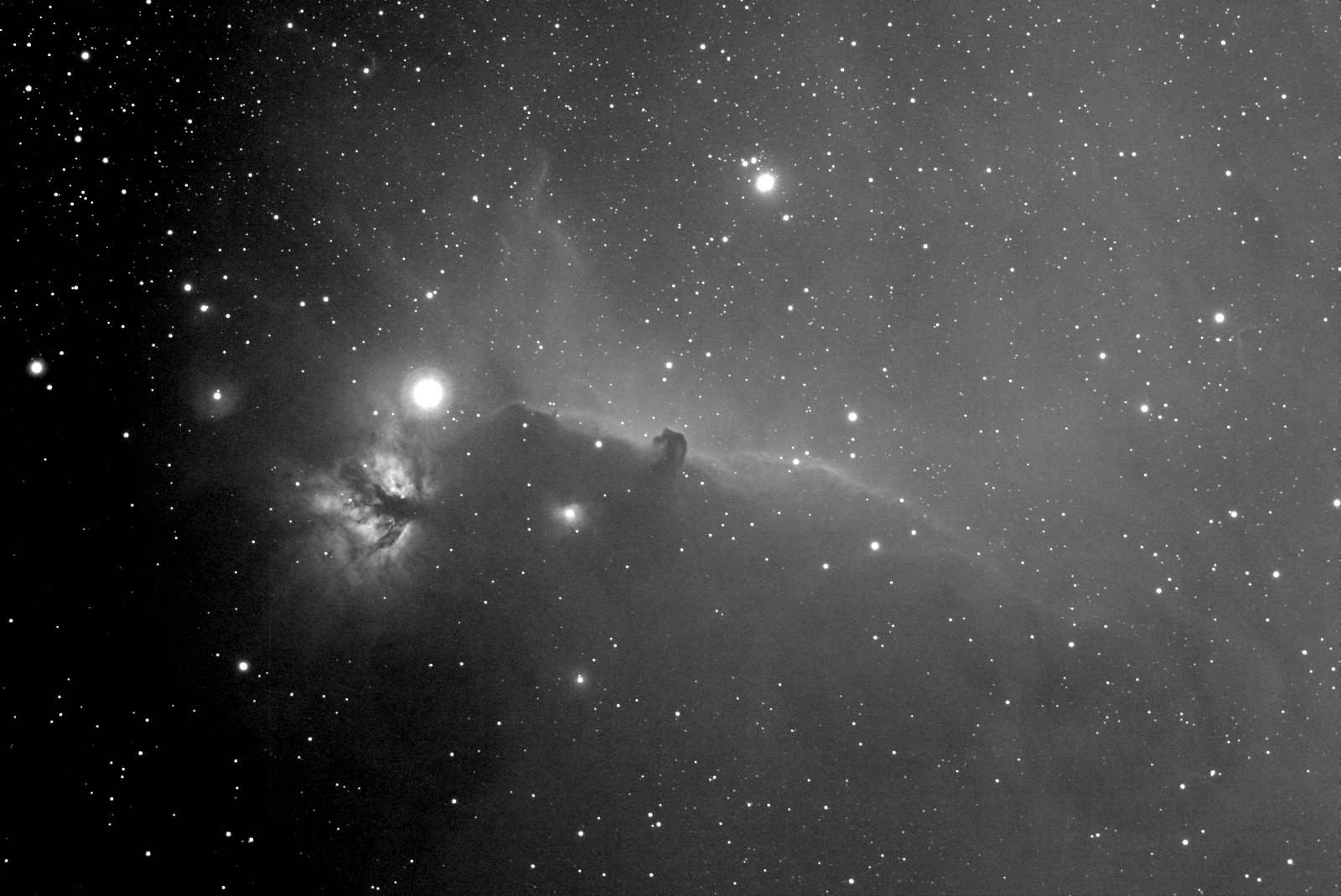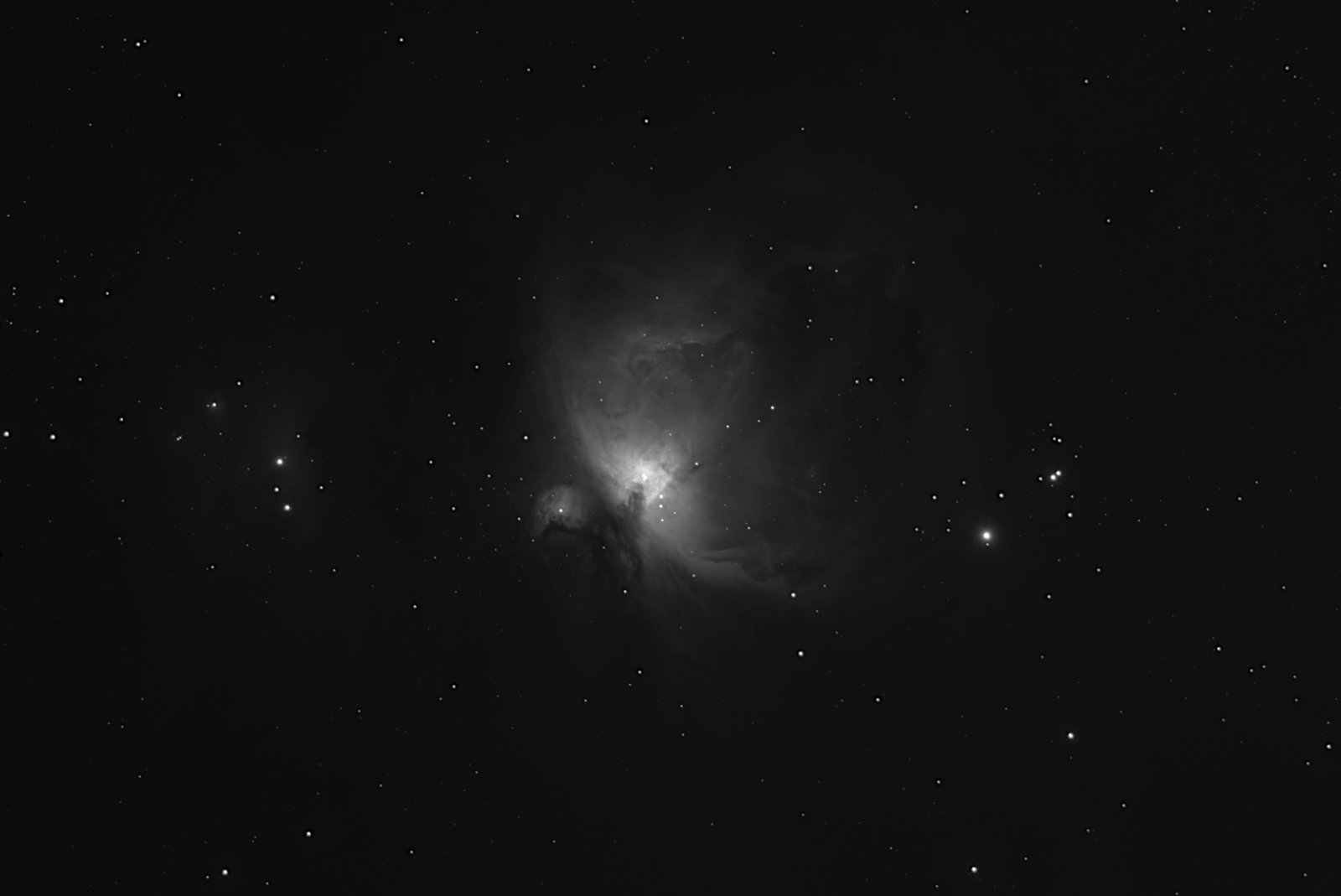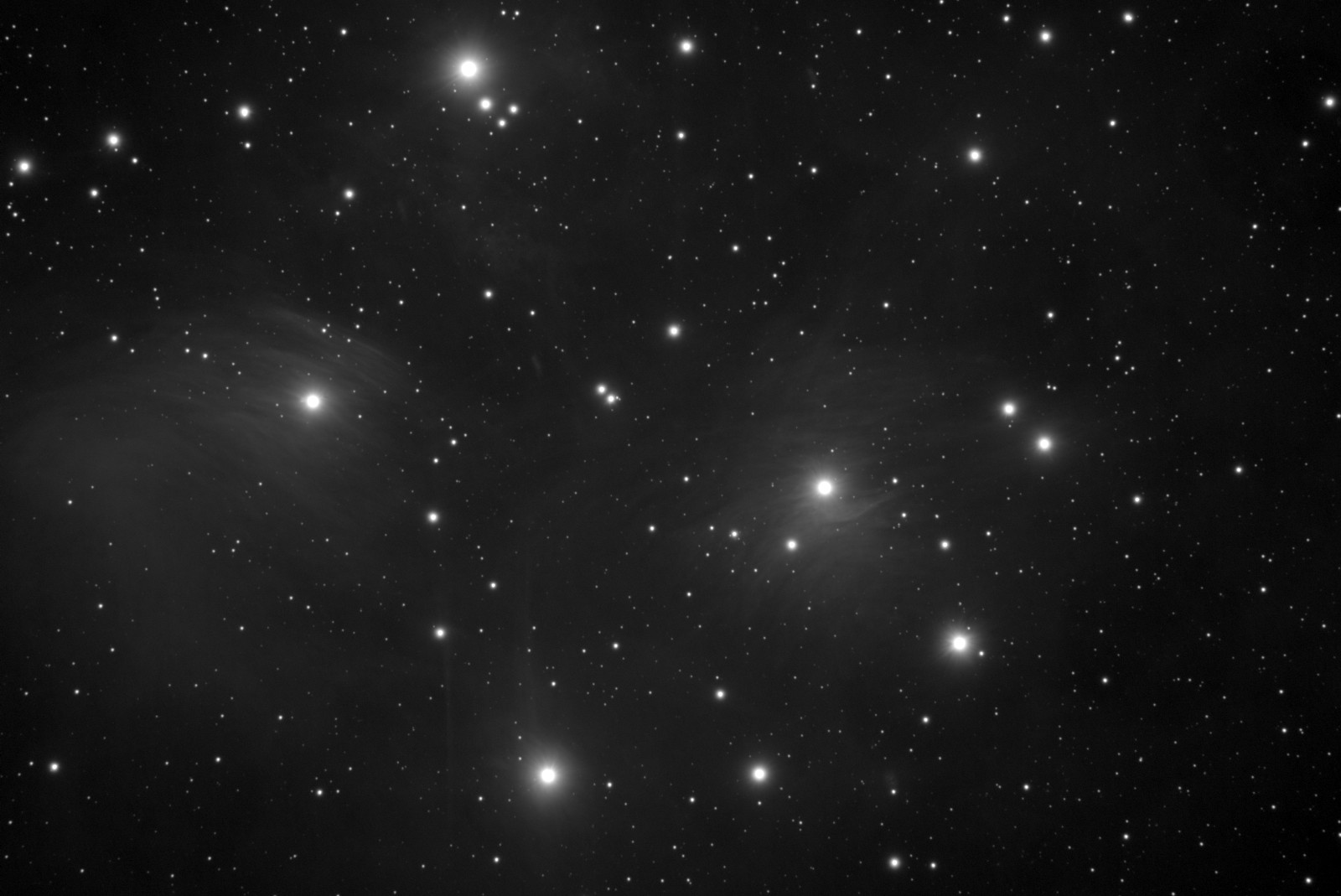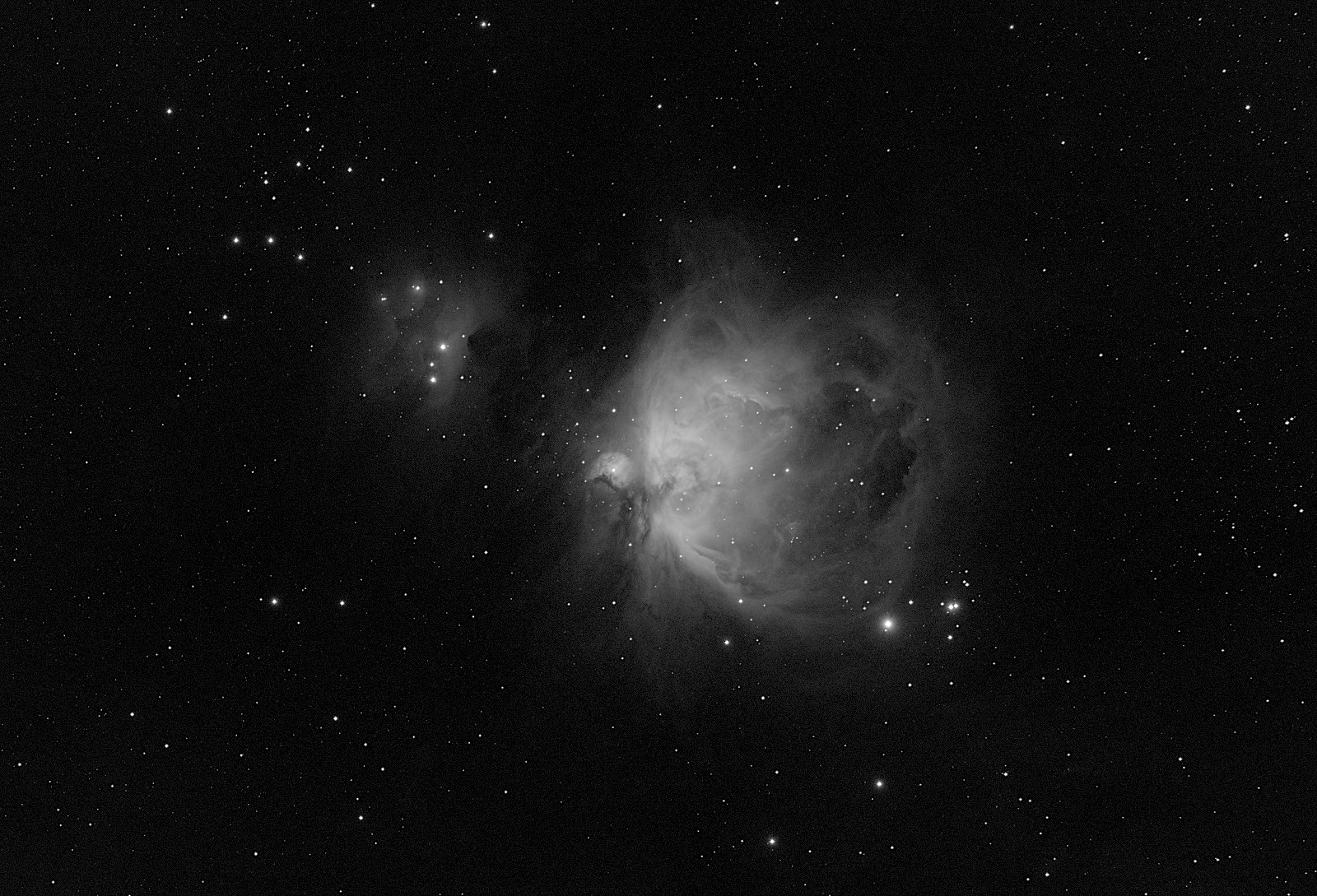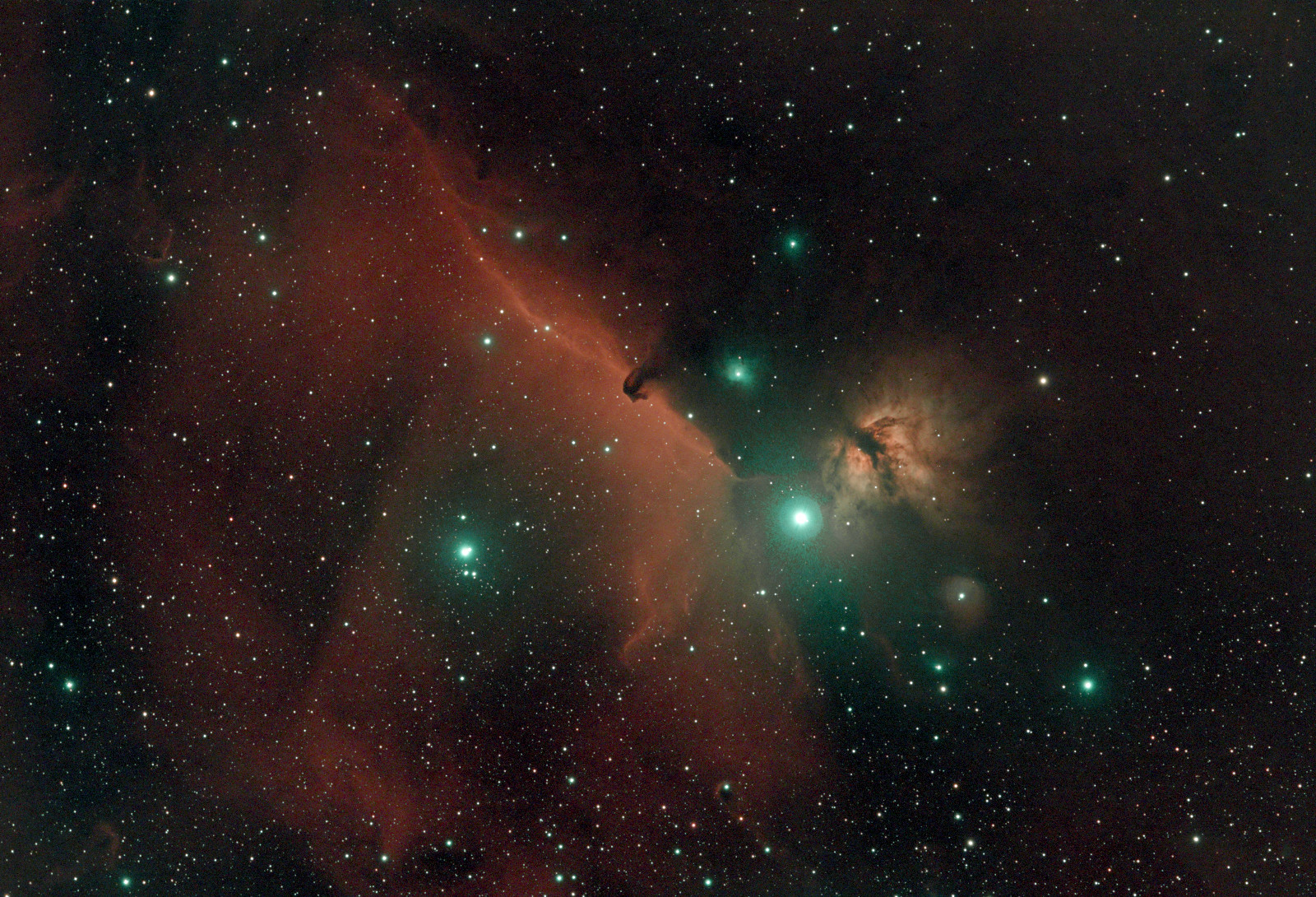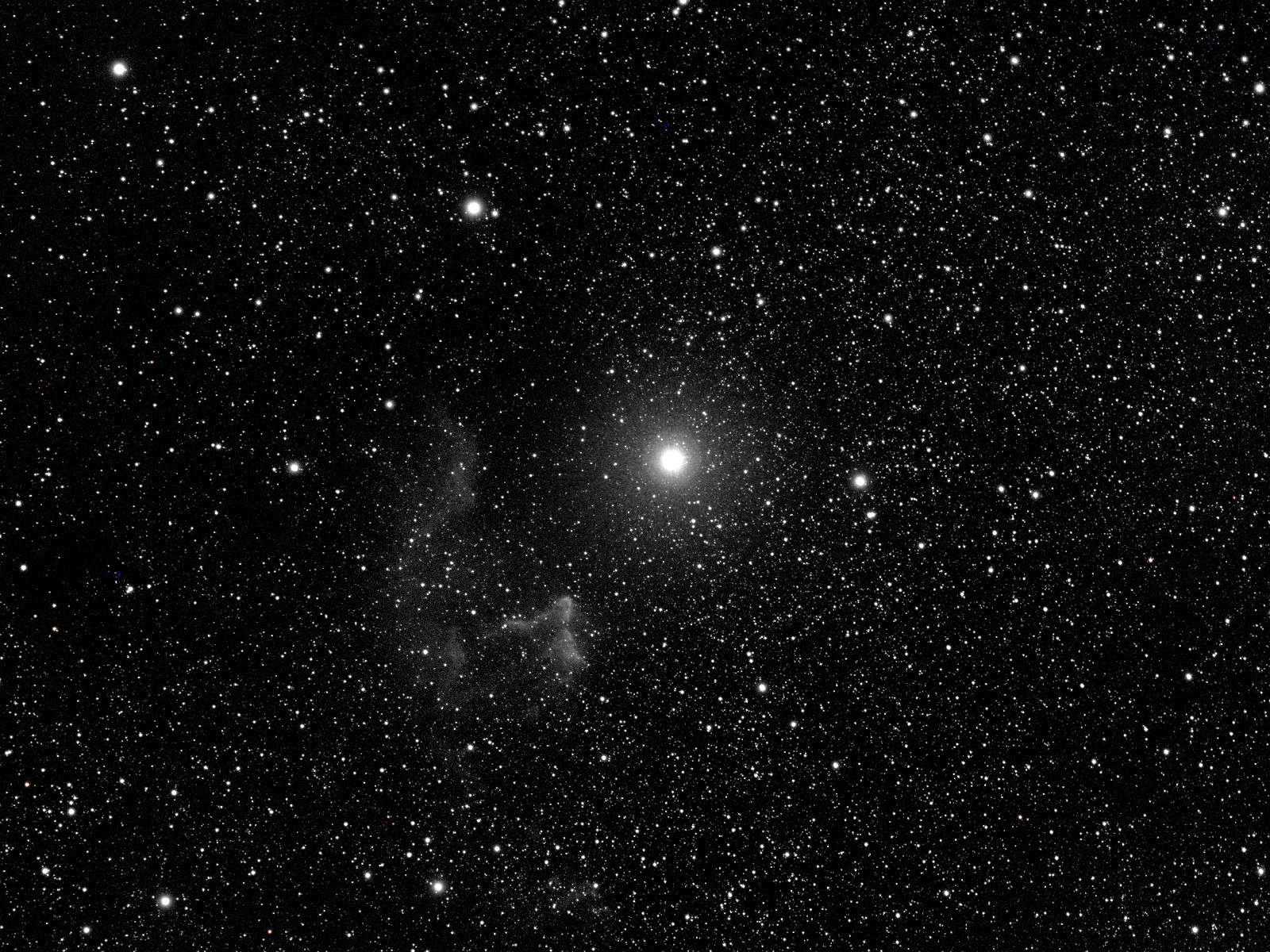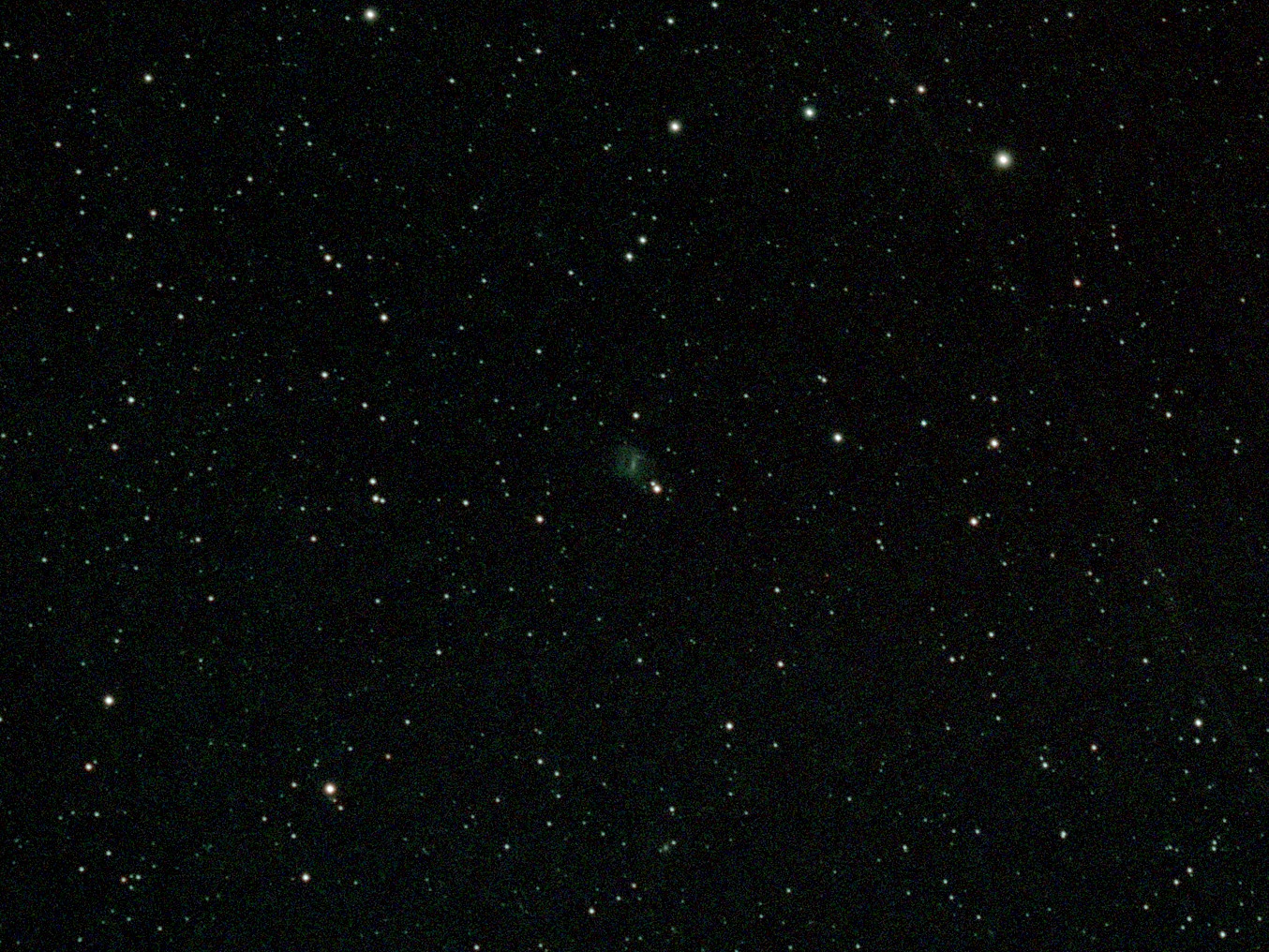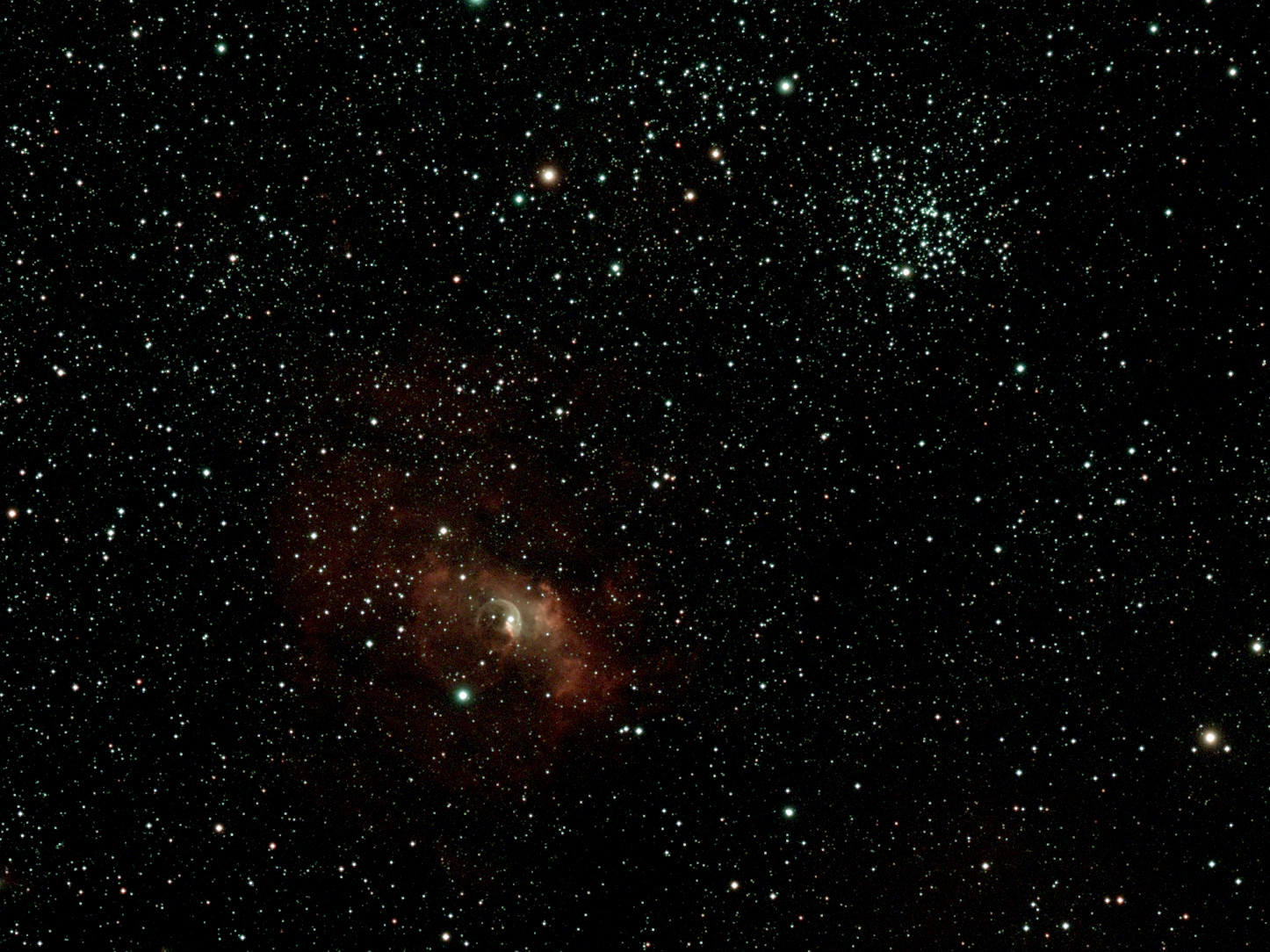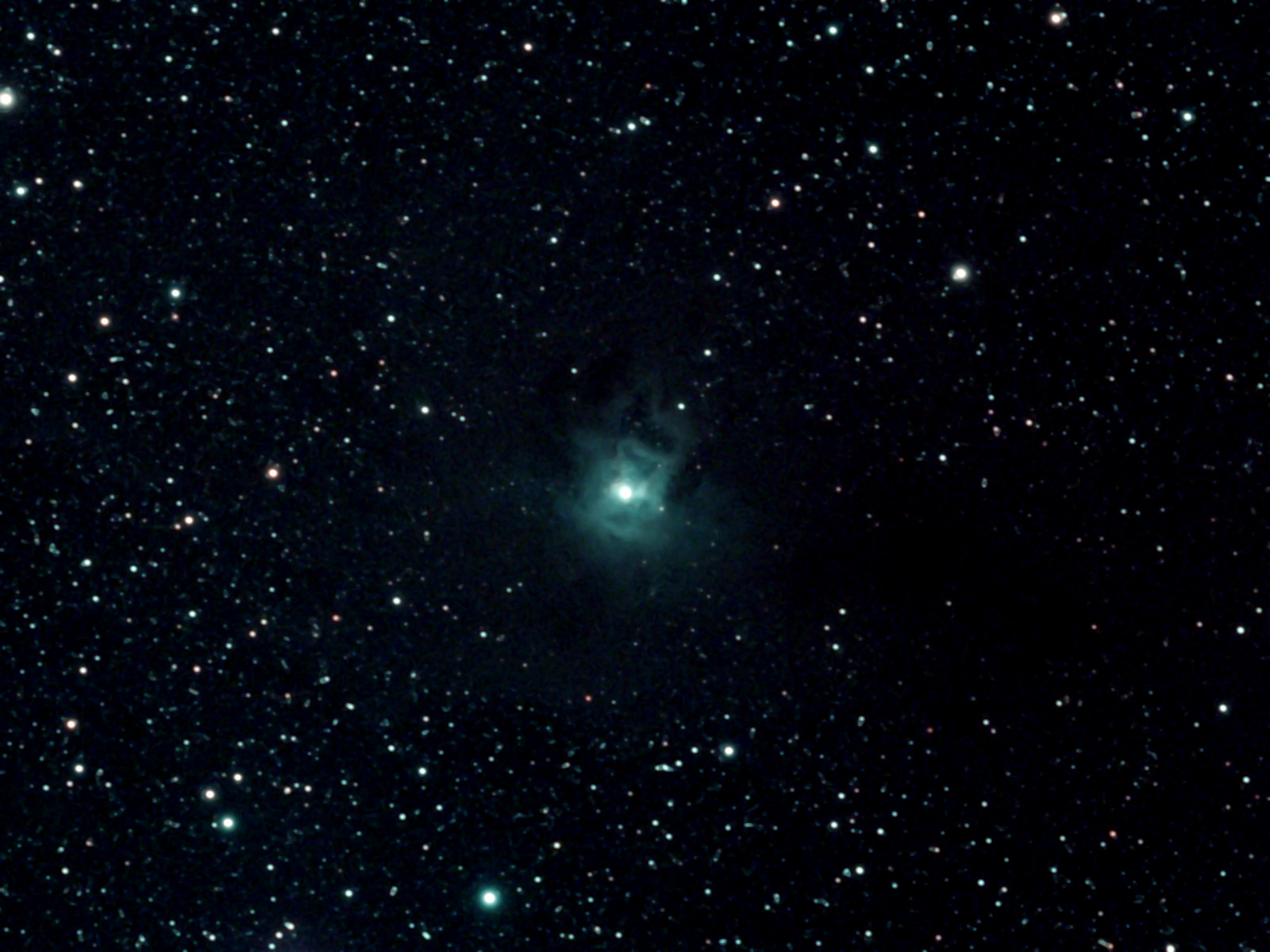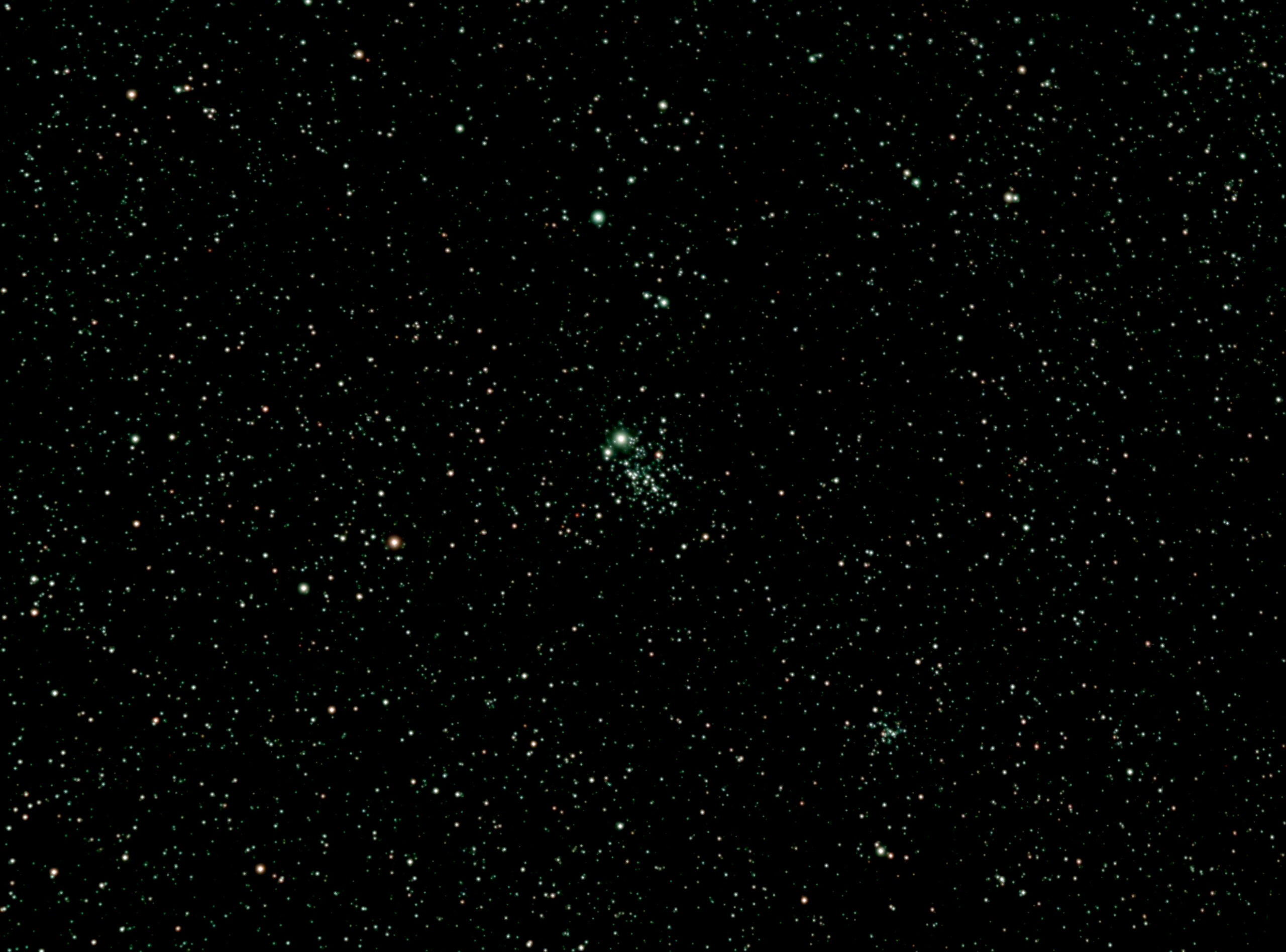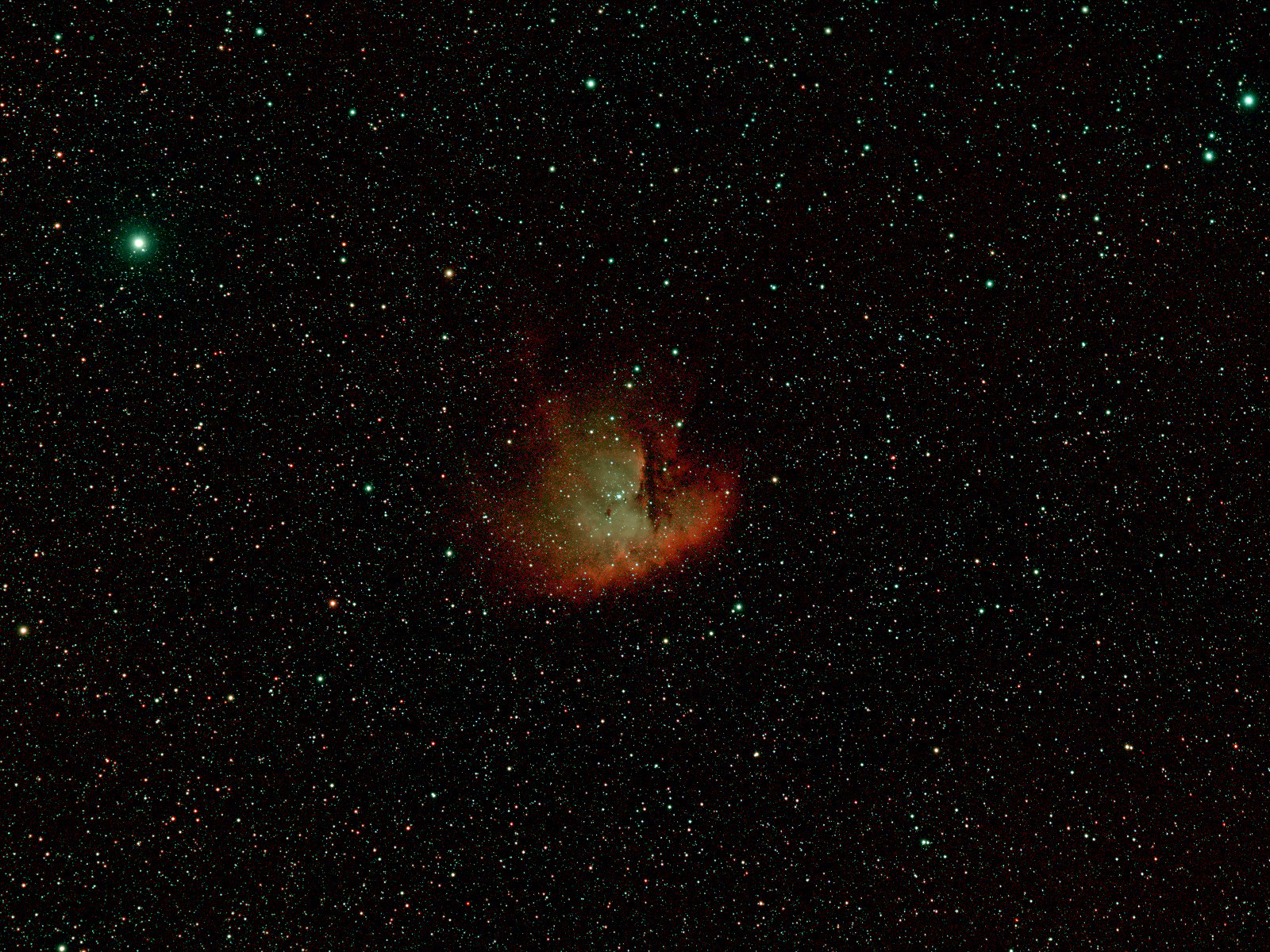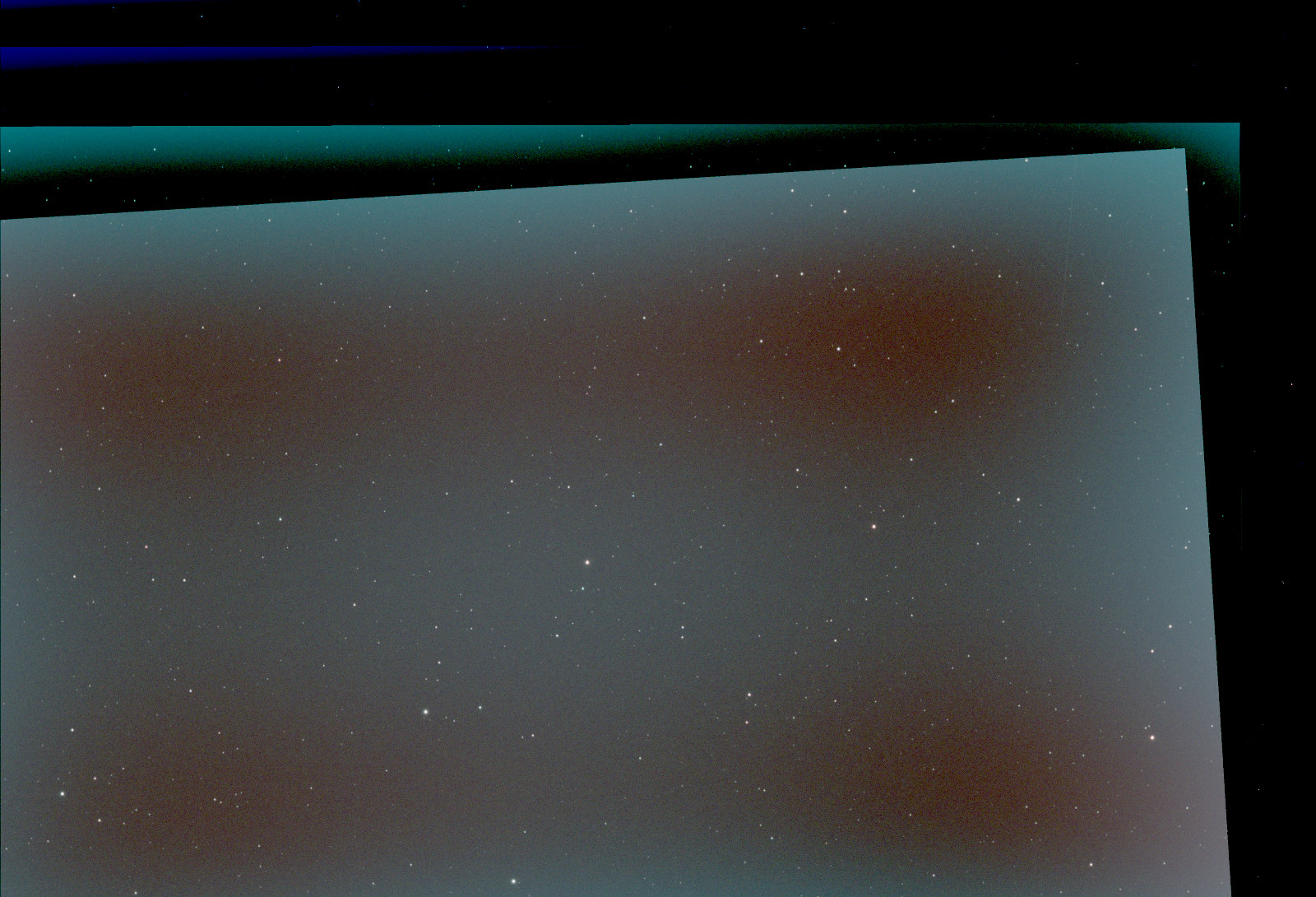I’ve purchased a new plugin for PixInsight, called “BlurXTerminator” (BXT). It uses AI trained on astronomical data to sharpen stars, and the edges of nebula. It seems to work pretty well.
Here is a reprocessed version of the “Cygnus Wall” (part of NGC7000, the North American Nebula):
BXT actually works. This image is significantly sharper and more detailed than my previous version (though you have to look close). I worry if the new detail is “real” or manufactured? Is this picture a more accurate representation of reality?
Here is a reprocessed version of M81 and M82. The data for this image was collected back in February.
The major problem with this image is the overexposure of the central region of M81. One of these days I will work out the technique for fixing that, but for now, this isn’t bad. Once again, if you look closely, the enhanced fine delicate detail is apparent.
On a completely different topic, I started reading “A Tale of Two Cities” recently. Man, it’s so clear that Dickens was being paid by the word…
